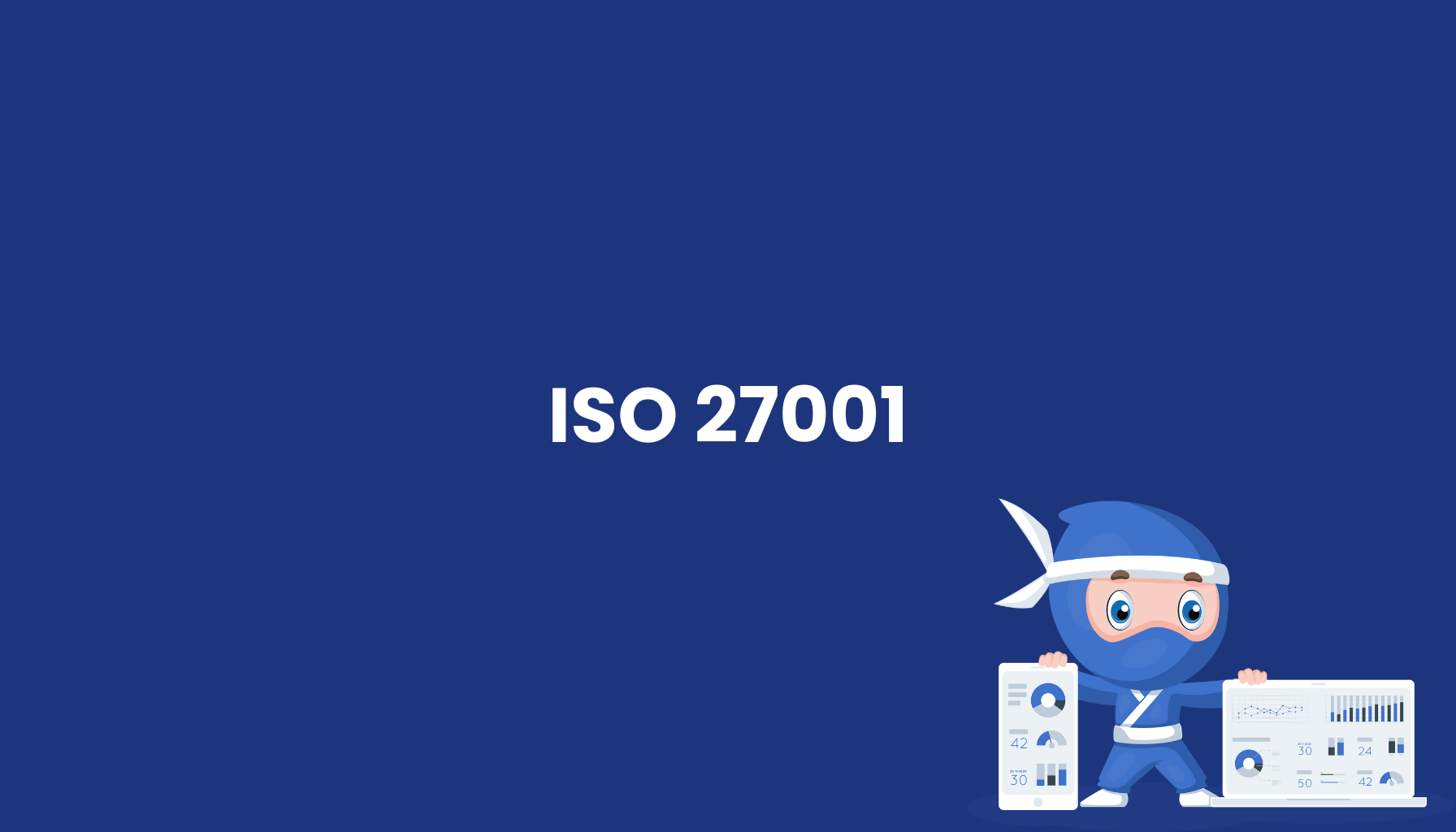ISO 27001

Definition
ISO 27001 is the international standard for Information Security Management Systems (ISMS) that defines a systematic approach for managing information security in organizations. This risk-based standard establishes frameworks for identification, assessment, and treatment of information security risks to protect confidentiality, integrity, and availability of critical information assets.
ISMS Framework and Structure
Plan-Do-Check-Act (PDCA) Cycle: Continuous improvement process for Information Security Management. Iterative optimization of security measures based on risk assessment and performance monitoring.
Information Security Policy: Overarching security strategy defines organizational objectives and management commitment. Alignment with business objectives and regulatory requirements.
Risk Management Process: Systematic identification, analysis, and treatment of information security risks. Risk assessment matrix and treatment plans.
Security Controls: 93 security measures in 14 categories (Annex A) for risk minimization. Control selection based on risk assessment and business requirements.
Information Security Triad
Confidentiality: Protection from unauthorized disclosure of sensitive information. Access control and data classification systems.
Integrity: Ensuring correctness and completeness of information and processing methods. Change management and version control.
Availability: Ensuring access to information and systems for authorized users when needed. Business continuity and disaster recovery planning.
Organizational Benefits
- Cyber Risk Mitigation: Systematic approach significantly reduces probability and impact of cyber attacks
- Regulatory Compliance: Meeting data protection and security requirements (GDPR, HIPAA, SOX, etc.)
- Business Continuity: Robust security measures ensure business continuity during security incidents
- Competitive Advantage: Customer and partner trust through demonstrated information security
- Cost Management: Proactive security investment is more cost-effective than reactive incident response
Applications
Manufacturing and Industry 4.0: Cyber-physical systems, IoT devices, and networked production facilities require comprehensive OT security. Protection from industrial espionage and sabotage.
Healthcare: Patient data protection and medical device security according to HIPAA requirements. Telemedicine and digital health platform security.
Financial Services: Payment Card Industry (PCI DSS) compliance and banking security. Anti-money laundering and fraud detection systems.
Cloud Service Providers: Multi-tenant environment security and data isolation. Cloud Security Alliance (CSA) framework integration.
Critical Infrastructure: Power grids, transportation systems, and telecommunications require highest security standards. National security implications.
Risk Assessment Methodology
Asset Identification: Comprehensive inventory of all information assets including data, systems, networks, and physical infrastructure.
Threat Analysis: Identification of current and emerging cyber threats such as malware, APTs, insider threats, and natural disasters.
Vulnerability Assessment: Technical and organizational weaknesses through penetration testing and security audits.
Risk Evaluation: Quantitative and qualitative risk assessment with impact/likelihood matrix. Business risk context and tolerance levels.
Security Control Implementation
Technical Controls: Firewalls, intrusion detection systems, encryption, access control systems, and security monitoring. Automated security tools and SIEM integration.
Administrative Controls: Security policies, procedures, training programs, and incident response plans. Governance structure and accountability.
Physical Controls: Facility security, environmental controls, and equipment protection. Secure areas and access restrictions.
Personnel Security: Background checks, security awareness training, and confidentiality agreements. Insider threat prevention.
Incident Management
Incident Response Team: 24/7 Security Operations Center (SOC) with defined roles and responsibilities. Escalation procedures and communication plans.
Forensic Analysis: Digital evidence collection and analysis for root cause identification. Legal requirements and chain of custody.
Business Continuity: Disaster recovery plans and backup strategies. Recovery Time Objectives (RTO) and Recovery Point Objectives (RPO).
Lessons Learned: Post-incident reviews and process improvements. Security awareness enhancement based on real incidents.
Compliance and Regulatory Alignment
GDPR Integration: Data Protection Impact Assessments and Privacy by Design. Data breach notification requirements.
Sector-specific Regulations: HIPAA for healthcare, PCI DSS for payment processing, SOX for financial reporting. Industry-specific security standards.
International Standards: Alignment with NIST Cybersecurity Framework, Common Criteria, and other security standards.
Audit and Certification
Internal Audits: Regular self-assessments by trained internal auditors. Audit program planning and execution.
Management Reviews: Executive leadership review of ISMS performance and effectiveness. Strategic security decisions and resource allocation.
Certification Audit: Third-party assessment by accredited certification bodies. Annual surveillance audits and three-year recertification.
Continuous Monitoring: Real-time security metrics and KPI dashboards. Automated compliance monitoring tools.
Technology Integration
Security Information and Event Management (SIEM): Centralized log management and real-time threat detection. Automated incident response and forensics.
Identity and Access Management (IAM): Single sign-on, multi-factor authentication, and privileged access management. Zero Trust architecture implementation.
Cloud Security: Container security, serverless security, and multi-cloud management. Cloud Access Security Brokers (CASB).
Artificial Intelligence: Machine learning for threat detection and behavioral analytics. AI-powered security orchestration and automated response.
Emerging Threats and Trends
Advanced Persistent Threats (APTs): Nation-state actors and organized cybercrime groups. Threat intelligence integration and proactive defense.
IoT Security: Billions of connected devices create new attack surfaces. Device identity management and secure communication protocols.
Quantum Computing: Post-quantum cryptography preparation for future threat landscape. Cryptographic agility planning.
Supply Chain Security: Third-party risk management and vendor security assessments. Software supply chain attack prevention.
Performance Measurement
Security Metrics: Mean Time to Detection (MTTD), Mean Time to Response (MTTR), and incident resolution rates. Security ROI calculations.
Maturity Assessment: Capability Maturity Model Integration (CMMI) for security processes. Benchmarking against industry standards.
Risk Indicators: Key Risk Indicators (KRI) for proactive risk management. Trend analysis and predictive modeling.
Future Trends
Zero Trust Security: "Never Trust, Always Verify" architecture extends traditional perimeter security. Microsegmentation and continuous verification.
Security Automation: AI-driven security operations with minimal human intervention. Automated threat hunting and response.
Privacy-enhancing Technologies: Homomorphic encryption, secure multi-party computation, and differential privacy for data protection.
ISO 27001 continuously evolves to address new cyber threats, emerging technologies, and changing regulatory landscapes while maintaining robust risk management principles.


